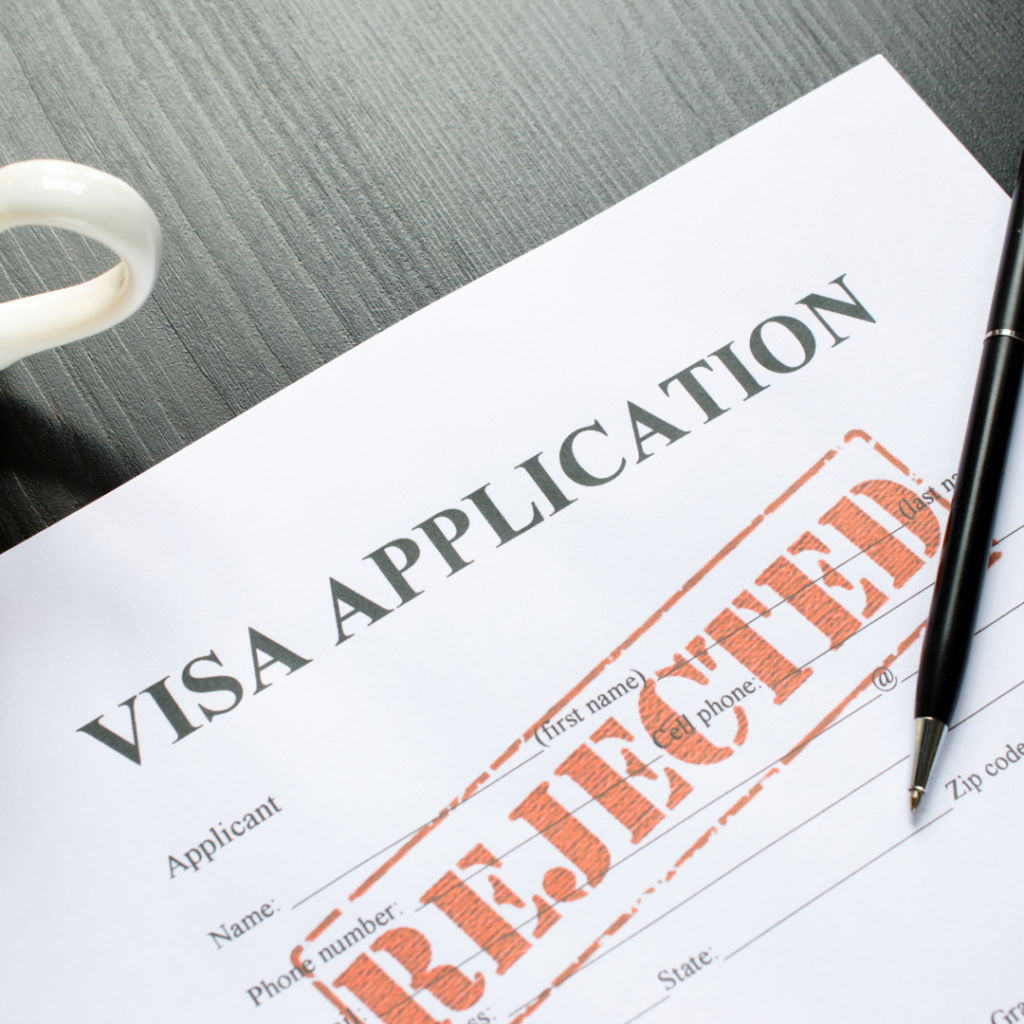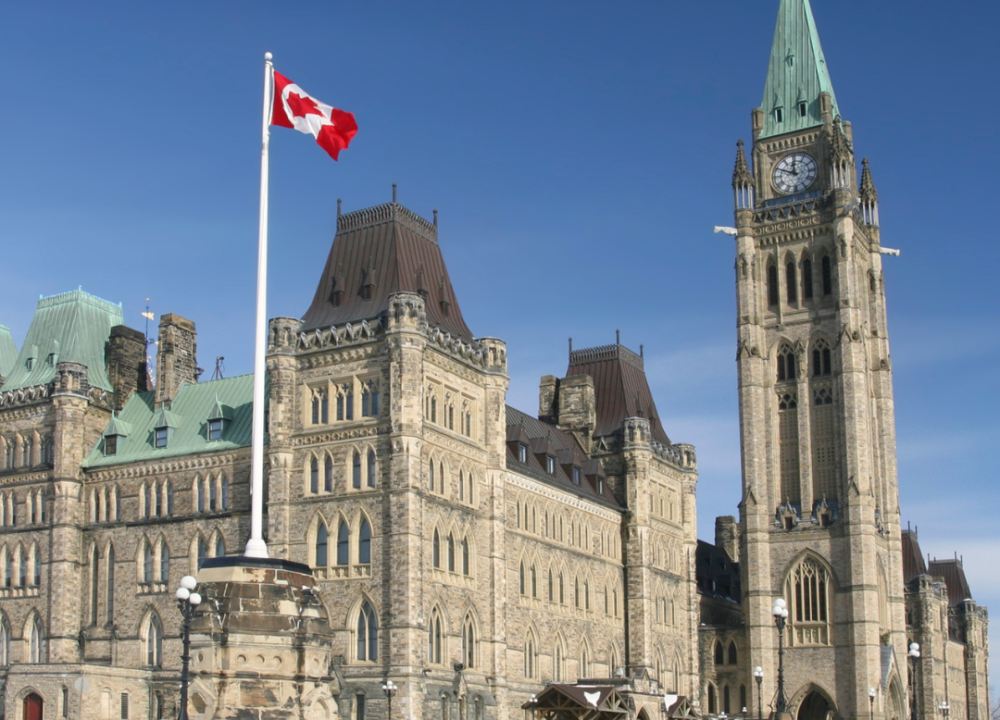- SCO 4, First Floor, Gian Singh Rarewala Market, Ludhiana
- 076960 40579
- jaideepeducon@gmail.com

Visa rejection can be a frustrating and confusing experience, especially when you’ve spent time, effort, and money preparing your application. Whether you are applying for a tourist visa, student visa, work visa, or any other type, understanding why your visa might get rejected is crucial. In this article, we will explore the most common reasons for visa rejection, how to address these issues, and what steps you can take to increase your chances of success in the future.
Of all the reasons as to why visa applications get rejected, the most common would be related to the inadequacies in filling out various parts of the application form, especially the application itself. It is obvious that not including required details, giving wrong information or leaving portions blank would end in rejection of the visa application.
While traveling abroad for an extended period necessitates sufficient finances, visa requirements demanding unwavering proof of funds risk deterring the curious and adventurous. A balanced approach considers circumstances flexibility. For many, sporadic income streams sufficiently sustain exploration, if authorities avoid rigid rules in favor of discussion. Embassies aim to allow travel yet ensure visitors can provide for themselves.
Missing or wrong documentation is any other fundamental component contributing to visa rejections. This should encompass missing invitation letters, incorrect tour itineraries, unverified instructional certificate, or lacking employment letters. Always double-take a look at the specific report requirements for the visa kind you are making use of for.
Criminal records or security issues are taken very seriously during visa screening. Even minor violations or charges can lead to denial, especially if they involve fraud, drug use, or other serious crimes. Revealing and, if necessary, explaining prior beliefs is important.


Analyzing the Rejection Letter : After a rejection, step one is to carefully examine the rejection letter supplied through the embassy. This letter regularly outlines the unique reasons for denial, in order to guide you in making vital changes in your next software.
Seeking Professional Advice : Consulting an immigration specialist like Wolf Immigration can provide invaluable guidance. Professionals can help interpret the rejection letter, offer advice on the best course of action, and prepare a strong application.
Correcting Mistakes in Your Next Application : Review your initial application and identify areas that need improvement. Whether it’s adding missing documents or correcting inaccuracies, fixing these mistakes is crucial for future success.
Financial Proof and Stability : Demonstrate financial stability by disclosing income, savings, or consistent contributions. It’s better to provide more proof than not enough, so consider including more documents such as paychecks, bank statements and tax returns.
Benefits of Using a Professional Service : Immigration consultants have the knowledge to help guide you through the visa process, reduce errors, and present a convincing case. Insight into common pitfalls can save you time, money, and stress.
At Jaideep Educational Consultancy, we specialize in visa-related services, providing personalized guidance and support to increase your chances of applying. From document preparation to interview training, our team of experts is here to help you navigate the complexities of the visa process.

Jaaideep Educational Consultancy deals in Canada Immigration. Speciality in Study permit, Spouse Open Work Permit, Study Permit Extensions, Co-op work permits
SCO 4, First Floor, Gian Singh Rarewala Market Near Passport Office, Ludhiana, Punjab 141003
Phone: +91 76960-50579
Email: Jaideepeducon@gmail.com
Mon-Fri: 9:00AM – 6:30PM
Saturday: 8:30AM – 3:30PM
Sunday: Closed